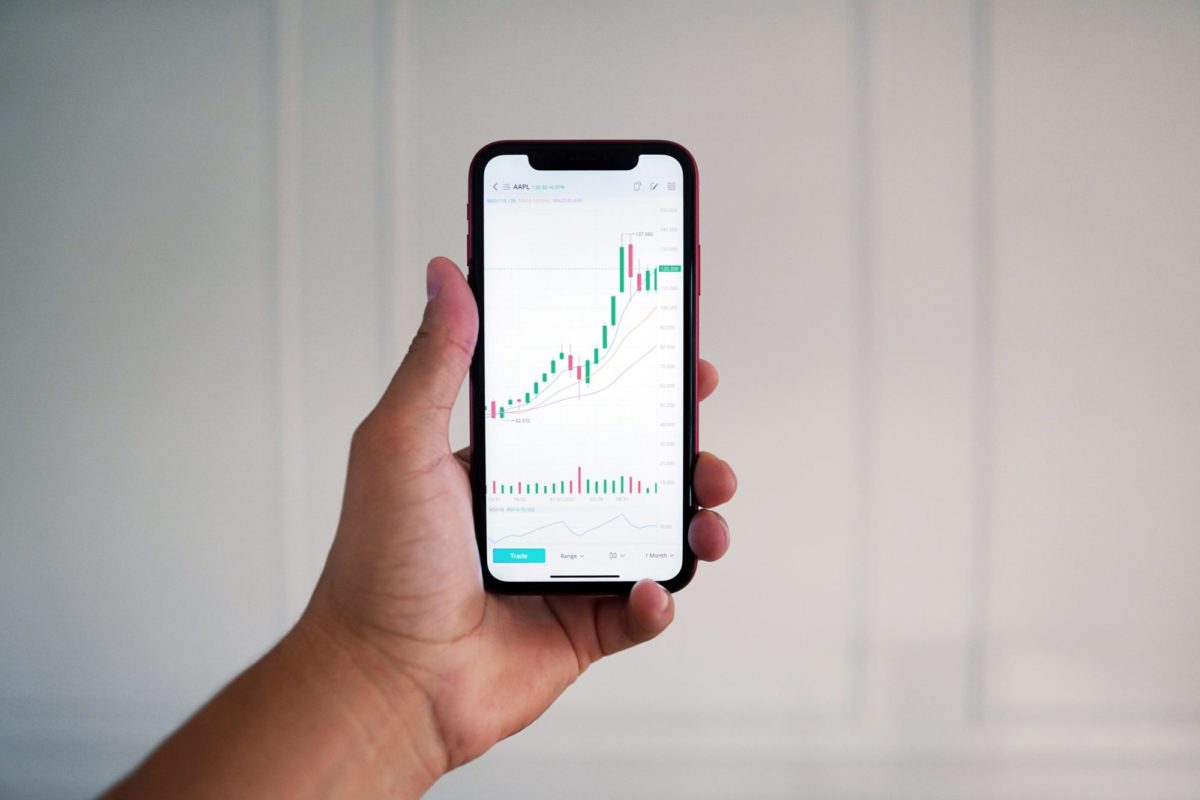When it comes to analyzing stock market charts, candlestick patterns play a crucial role. One such pattern that traders often look for is the hammer candlestick. In this comprehensive guide, we will delve into the details of the hammer candlestick pattern, how to identify it, and how to use it in your trading strategies.
Table of Contents
What is a Hammer Candlestick?
A hammer candlestick is a bullish reversal pattern that can appear at the end of a downtrend. It has a long lower shadow, a small real body near the top of the candle, and little to no upper shadow. The shape of the candlestick resembles that of a hammer, thus giving it its name.
How to Identify a Hammer Candlestick
To identify a hammer candlestick, look for the following characteristics:
- A small real body situated near the top of the candlestick.
- A long lower shadow, at least twice the length of the real body.
- Little to no upper shadow.
The ideal hammer candlestick has a small or no upper shadow, indicating a strong buying pressure during the trading session. The long lower shadow represents the bears trying to push the price down but failing, as the bulls take control and push the price higher, resulting in a potential trend reversal.
Interpreting the Hammer Candlestick
When you spot a hammer candlestick on a chart, it indicates that the selling pressure has weakened, and a potential reversal could be on the horizon. However, it is essential to consider other factors and use additional confirmation signals before making any trading decisions.
If a hammer candlestick forms after a prolonged downtrend and is followed by bullish confirmation (e.g., a strong bullish candlestick formation or a bullish engulfing pattern), it further strengthens the reliability of the pattern. This combination could be an indication of a trend reversal, potentially presenting a trading opportunity to go long.

Credit: unitedfintech.com

Credit: fastercapital.com
Hammer Candlestick Trading Strategies
Now that you know how to identify and interpret a hammer candlestick, let’s explore some trading strategies:
1. Hammer Confirmation Strategy
In this strategy, you wait for a hammer candlestick to appear after a downtrend. Once the hammer candlestick forms, you look for a bullish confirmation signal such as a strong bullish candlestick or a bullish engulfing pattern. This confirmation signal validates the potential trend reversal and serves as a trigger to enter a long trade.
2. Hammer And Support/resistance Strategy
Another strategy is to combine the hammer candlestick pattern with support/resistance levels. After identifying a hammer candlestick, check if it forms near a significant support level. The support level acts as an additional confirmation signal for the potential trend reversal. You can then enter a long trade when the price breaks above the resistance level.
Limitations of the Hammer Candlestick
While the hammer candlestick pattern is considered a reliable reversal signal, it is not foolproof. Traders should exercise caution and use additional technical analysis tools and indicators to confirm the pattern’s validity.
Moreover, it is important to consider the overall market conditions, including volume, trendlines, and other chart patterns. Combining the hammer candlestick pattern with other technical analysis techniques can enhance the accuracy of your trading decisions.
In Conclusion
The hammer candlestick is a powerful bullish reversal pattern that can provide valuable insights to traders. Understanding how to identify, interpret, and incorporate the hammer candlestick pattern into your trading strategies can help improve your trading outcomes.
Remember, no single candlestick pattern should be relied upon in isolation. Always consider multiple factors and use additional technical analysis tools to increase the probability of successful trades.